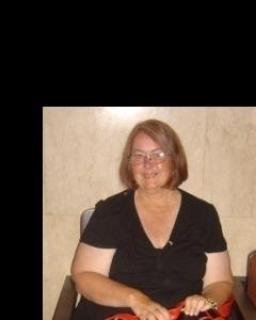
Position: Alumni in Archaeology & Palaeoanthropology
School and/or Centres: School of Archaeology and Anthropology
Email: christine.cave@anu.edu.au
Thesis title: Living with one foot in the grave: The Implications of Being Old in Pagan Anglo-Saxon England
When Susan Boyle burst into the spotlight in 2009, it was said she struck a blow for the invisible woman, ‘the unbeautiful 47 year olds who don’t rate a second look and never get a chance to make their point’. Perhaps this highlights an attitude that has flourished for millennia.
The past imagined and described by archaeologists has been largely peopled by male adults in the prime of life. Men are assumed to be present, while women, children and the aged are only there when noticed. The archaeology of children has become a burgeoning field recently, but the archaeology of those with grey hair and long memories remains neglected. To rectify this, I propose to develop a comprehensive dataset of published Anglo-Saxon cemeteries and associated burials in order to study the treatment of the aged in Anglo-Saxon England. All aspects of mortuary practices will be studied, including number and type of grave goods, grave size, depth, orientation and spatial positioning of the grave. The condition of the skeletons will also be examined. This will bring about a better understanding of the older Anglo-Saxon individual and as a result a better understanding of Anglo-Saxon life.
